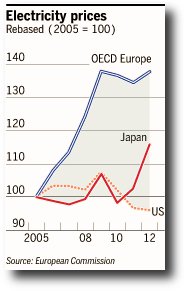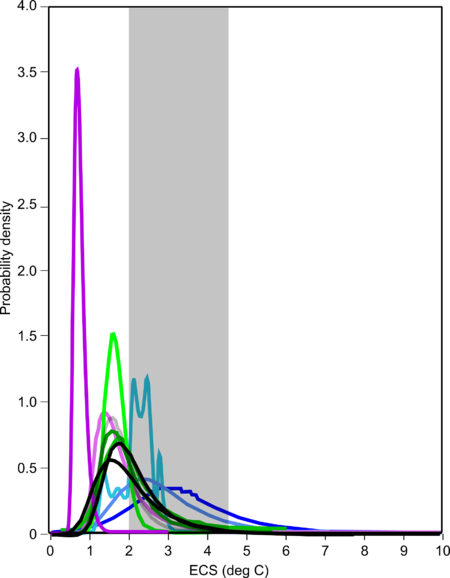 Bishop Hill
Bishop Hill Updated climate sensitivity estimates using aerosol-adjusted forcings and various ocean heat uptake estimates
 May 24, 2013
May 24, 2013  Climate: sensitivity
Climate: sensitivity The Otto et al. paper has received a great deal of attention in recent days. While the paper’s estimate of transient climate response was low, the equilibrium/effective climate sensitivity figure was actually slightly higher than that in some other recent studies based on instrumental observations. Here, Nic Lewis notes that this is largely due to the paper’s use of the Domingues et al. upper ocean (0–700 m) dataset, which assesses recent ocean warming to be faster than other studies in the field. He examines the effects of updating the Otto et al. results, extending from 2009 to 2012 and using different upper ocean (0–700 m) datasets, with surprising results.
Last December I published an article here entitled ‘Why doesn’t the AR5 SOD’s climate sensitivity range reflect its new aerosol estimates?‘ (Lewis, 2012). In it I used a heat-balance (energy-budget) approach based on changes in mean global temperature, forcing and Earth system heat uptake (ΔT, ΔF and ΔQ) between 1871–80 and 2002–11. I used the RCP 4.5 radiative forcings dataset (Meinshausen et al, 2011), which is available in .xls format here, conformed it with solar forcing and volcanic observations post 2006 and adjusted its aerosol forcing to reflect purely satellite-observation-based estimates of recent aerosol forcing.





